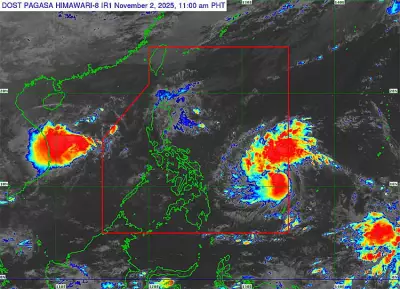
New Delhi, India's bustling capital, is currently grappling with an unprecedented air pollution crisis that has pushed air quality indexes into the 'severe' category, creating hazardous conditions for the city's millions of residents.
Emergency Measures Implemented
In response to the deteriorating air quality, authorities have activated Stage IV of the Graded Response Action Plan (GRAP), implementing several critical measures:
- Immediate ban on diesel trucks and light commercial vehicles entering the city
- Suspension of physical classes in primary schools to protect young children
- Restrictions on construction activities and demolition projects
- Encouragement of work-from-home arrangements for office workers
Health Impacts and Public Advisory
The Commission for Air Quality Management has issued urgent health advisories, warning residents about the severe health risks associated with the current pollution levels. Medical experts recommend:
- Avoiding outdoor activities, especially morning walks and exercise
- Wearing N95 or higher-grade masks when venturing outside
- Using air purifiers indoors and keeping windows closed
- Staying hydrated and seeking medical attention for respiratory distress
Root Causes of the Crisis
Several factors have contributed to this environmental emergency, including:
Agricultural burning in neighboring states, combined with unfavorable weather conditions and local emission sources, has created a perfect storm of pollution. The situation is particularly alarming given Delhi's ongoing battle with air quality issues, which typically worsen during the winter months.
Long-term Solutions Needed
While emergency measures provide temporary relief, environmental advocates emphasize the need for sustainable, long-term strategies to address Delhi's persistent air pollution challenges and protect public health for future generations.





